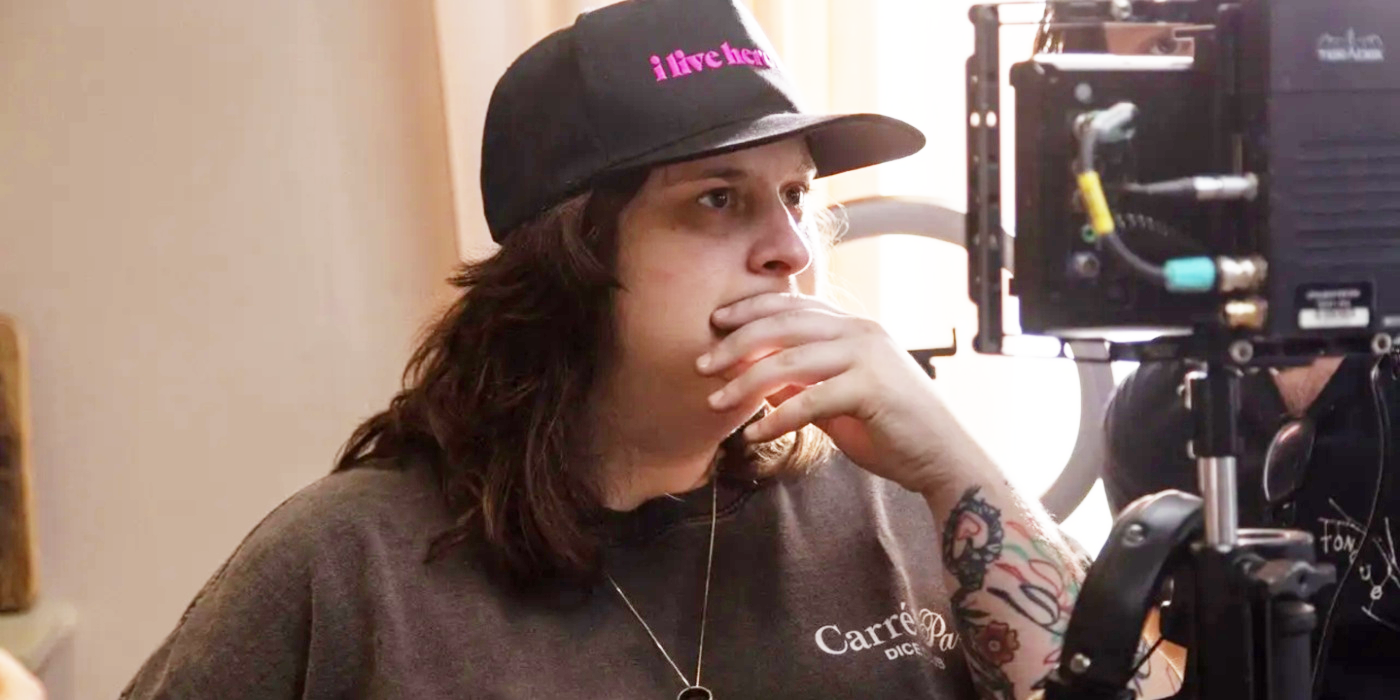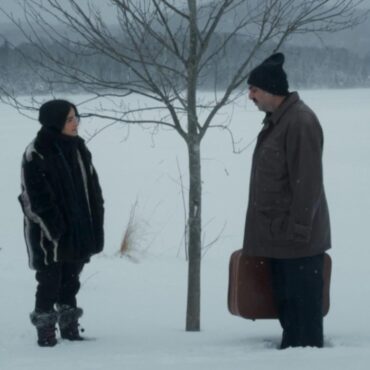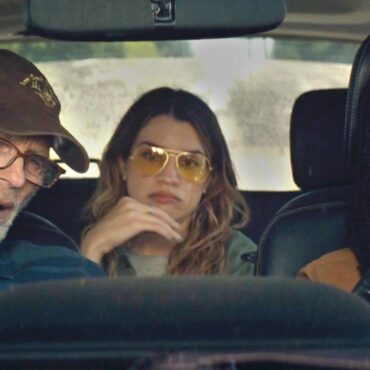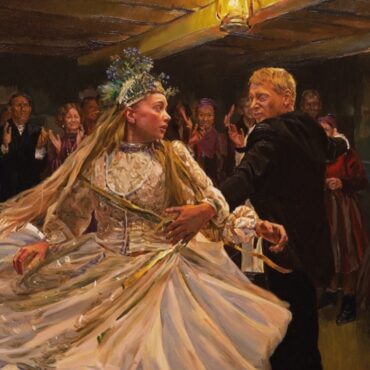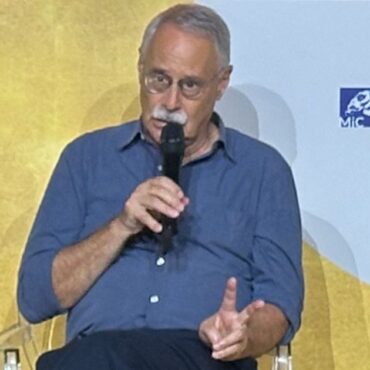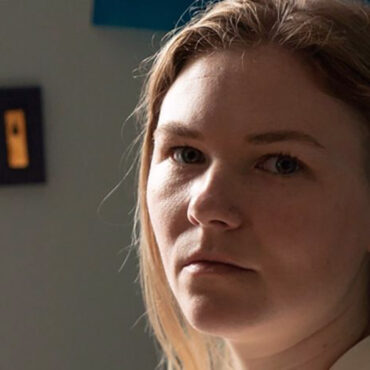In this in-depth interview at 78th edition of Edinburgh International Film Festival, director Julie Pacino shares insights into her innovative approach to psychological horror and visionary filmmaking. The conversation spans her latest projects— in particular, “I Live Here Now,” acclaimed for its bold visual style and profound themes. Pacino reveals the personal stories, artistic choices, and symbolic layers behind her powerful works—inviting viewers to confront their subconscious and embrace self-discovery.
A journey into the depths of the mind: the art of psychological horror
Julie Pacino discusses her latest film, which explores the complex landscape of psychological horror. Her goal is to go beyond traditional scares, creating a visceral experience that immerses the audience in the characters’ internal worlds. She describes her creative process as a trip into the subconscious: “My aim is to craft a film that’s not just about fear—it’s about exploring identity, mind, and perception.”
She emphasizes her deliberate use of color and imagery to evoke emotional and symbolic responses: “Colors and visuals are carefully chosen to evoke psychological traces and symbolic moments, making viewers feel like they are inhabiting the characters’ minds.” The film delves into themes of fluid identity and the ambiguity of reality, asking the audience: “What is real, and what is illusion?”
Pacino highlights her commitment to trusting her artistic voice: “This project is about exploring self-discovery, freedom, and authentic expression—trusting my instincts to tell a truth that resonates deeply.”
Behind the scenes of “I Live Here Now”: A visual and emotional Odyssey
In a separate yet equally compelling project, Pacino collaborated with actress Cara Seymour on “I Live Here Now,” a film praised for its visionary style and fearless unpacking of complex subjects. What started as a pandemic-era short film evolved into a profound narrative addressing emotional entrapment and buried truths. Pacino shares that personal experiences and the desire to reconcile internal conflicts fueled this transformation.
Cara Seymour recalls her initial excitement upon reading the script: “I was immediately drawn to Julia’s visionary approach—a bold fusion of feminist cinema and horror that dares to venture into uncharted territory.” She describes the set as “free and energized,” fostering spontaneity and unfiltered creativity.
The film’s setting in Los Angeles was chosen intentionally, mirroring Rose’s initial pursuit of external validation. Pacino explains the layered symbolism within key elements like “The Crown”—which carry personal and narrative significance. She also credits producer Robert McReedy’s inspired idea to cast Sheryl Lee, adding profound depth to the exploration of trauma and identity.
“I Live Here Now” masterfully blends dreamlike sequences with stark realities, creating a disorienting yet captivating experience. Pacino’s background as a photographer informs her use of framing and color to evoke emotion and symbolism, inspired by influences such as Terry Gilliam, David Lynch, and Dario Argento.
The response from audiences has been powerful, resonating deeply with themes of female trauma, identity, and the permeability between dreams and reality. Pacino emphasizes: “This film is a call to confront inner truths and reclaim autonomy. It’s about mapping surreal psychological landscapes and encouraging self-reflection.”
A Transformative cinematic journey
Julie Pacino’s work transcends mere genre boundaries—her films are provocative explorations of consciousness and human emotion. Her fearless visual style, emotional authenticity, and layered symbolism invite viewers to confront their deepest truths. “I Live Here Now” is more than a film; it’s a transformative journey through surreal psychological landscapes. It challenges audiences to face uncomfortable realities and emerge with a newfound sense of self-awareness.
Her daring vision and powerhouse performances make her films essential viewing for those seeking thought-provoking, visually stunning cinematic experiences that leave a lasting impression. Julia Pacino’s latest film exemplifies how contemporary psychological horror can transcend mere scares to become a profound exploration of human consciousness. Through bold visuals and emotional authenticity, she pushes the boundaries of cinematic storytelling, inviting audiences into a surreal journey of self-discovery.
Plot
A young woman finds herself in a strange, derelict hotel as nightmarish visions from her past come to haunt her. As the lines of reality become increasingly blurred, the roots of her trauma come to the fore. Uncompromising, visually striking and spiked with cinematic references, recalling David Lynch and Dario Argento, Julie Pacino’s directorial debut is a bold, compelling and darkly humourous psychological horror about female pain, identity and strength.





























